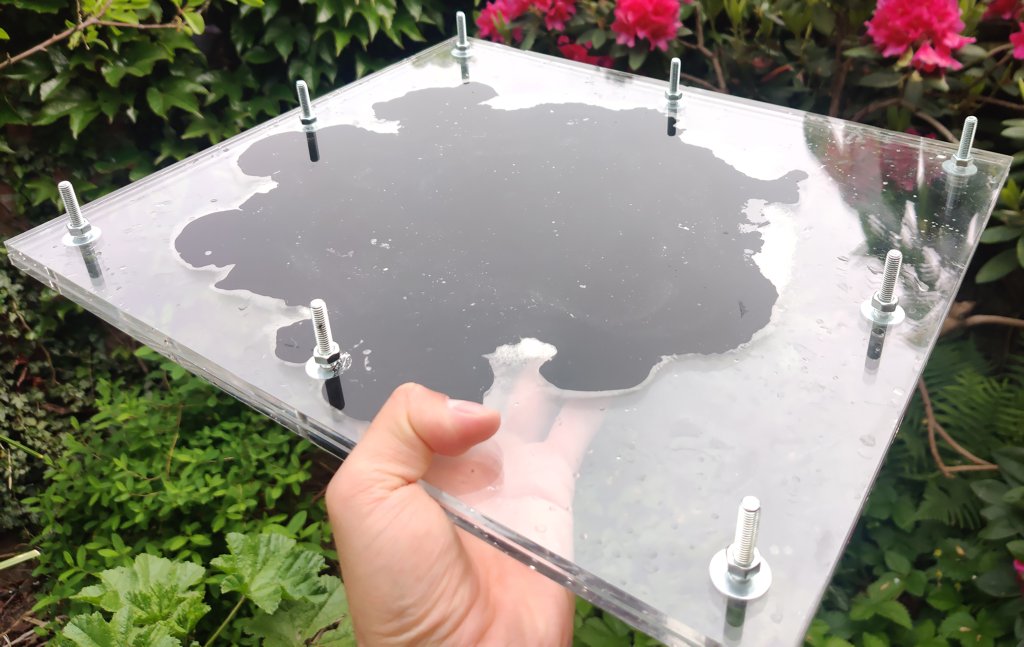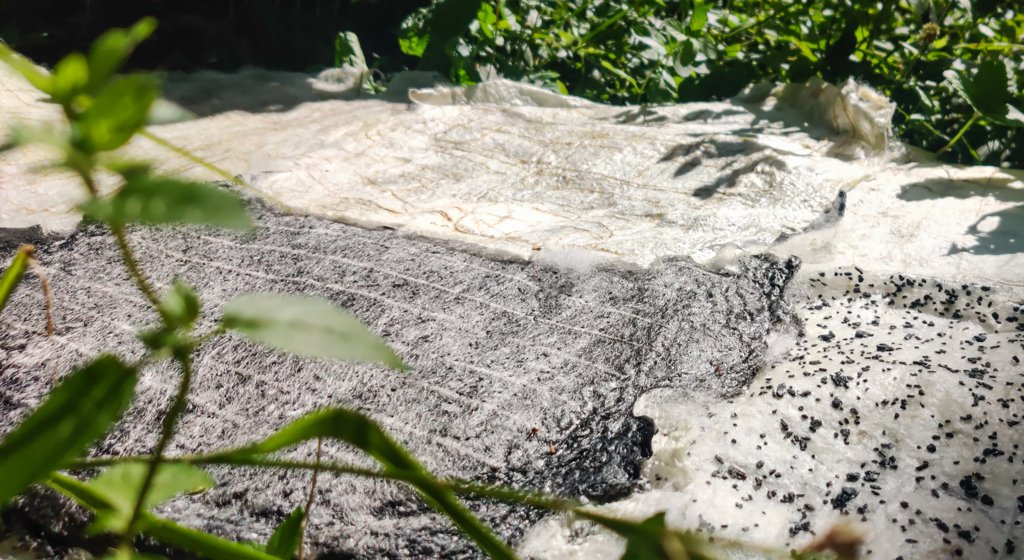Marc Wijkmans, Marina Toeters, Doenja Oogjes, Oscar Tomico Plasencia, Kristina Andersen
How can we use more-than-human theory when making new materials?
Material research has been an important focal point in product design for decades. While there is significant work on understanding how materials shape our experiences, most of this research is described from a predominantly human-centred perspective. Efforts are made within design to stray away from human-centred design and toward more porous, ecological, and relational understandings of tools, materials, and design practices. However, there remains a gap between post-human theories and design practices. In an effort to bridge the gap between sustainable debates and material-driven design practices, this project illuminates the possibilities of using more-than-human theory in designing new materials.
In search of new and valuable compound materials with Dutch wool, composite materials with Dutch wool and simple-to-make bioplastics were created. During this process, specific actions were taken to allow non-human participation. For example, to understand the relationship between the wool and its landscape of origin, a landscape ethnography study was applied. This study led to the inclusion of several non-humans like nettles and cow parsley fibres. Moreover, while creating the materials, attention was paid to the fragile and precarious moments.
Instead of basing it on personal biases, the material was left to speak for itself. Eventually, this resulted in a novel technique to make strong and flexible sheets with wool and bioplastics. The sheets can endure a lot of tensile forces and can be made at home using easy-to-make bioplastics. Moreover, the wool does not need to be felted, woven, or knitted, and can be used right after it has been cleaned.
Designers frequently approach design from a material-driven perspective. As designers and makers, we can become deeply entangled in the pursuit of a meaningful outcome. However, the complex assembly of artifacts, materials, skills, tools, and opportunities makes the outcome of a material-driven design process unpredictable. Traditionally, designers have the tendency to continue their process until the outcome meets their expectations.
During this process, many materials are considered unsuccessful or failed, and are often rejected without much contemplation. However, most of the time, these failed experiments still hold value and can inspire the project towards unexpected and possibly meaningful directions. This project explored the potential of more-than-human theory to achieve this.





